In case you haven't noticed, you may be sleeping better at night.
The cosmic dream state you're in could include mind-bending thoughts about an impending asteroid impact on Earth. That's messy business. Moreover, that space rock intrusion here on Earth can, and already has, meant doom and destruction.
But where are we today in dealing with an intruder from afar in our collective air space?
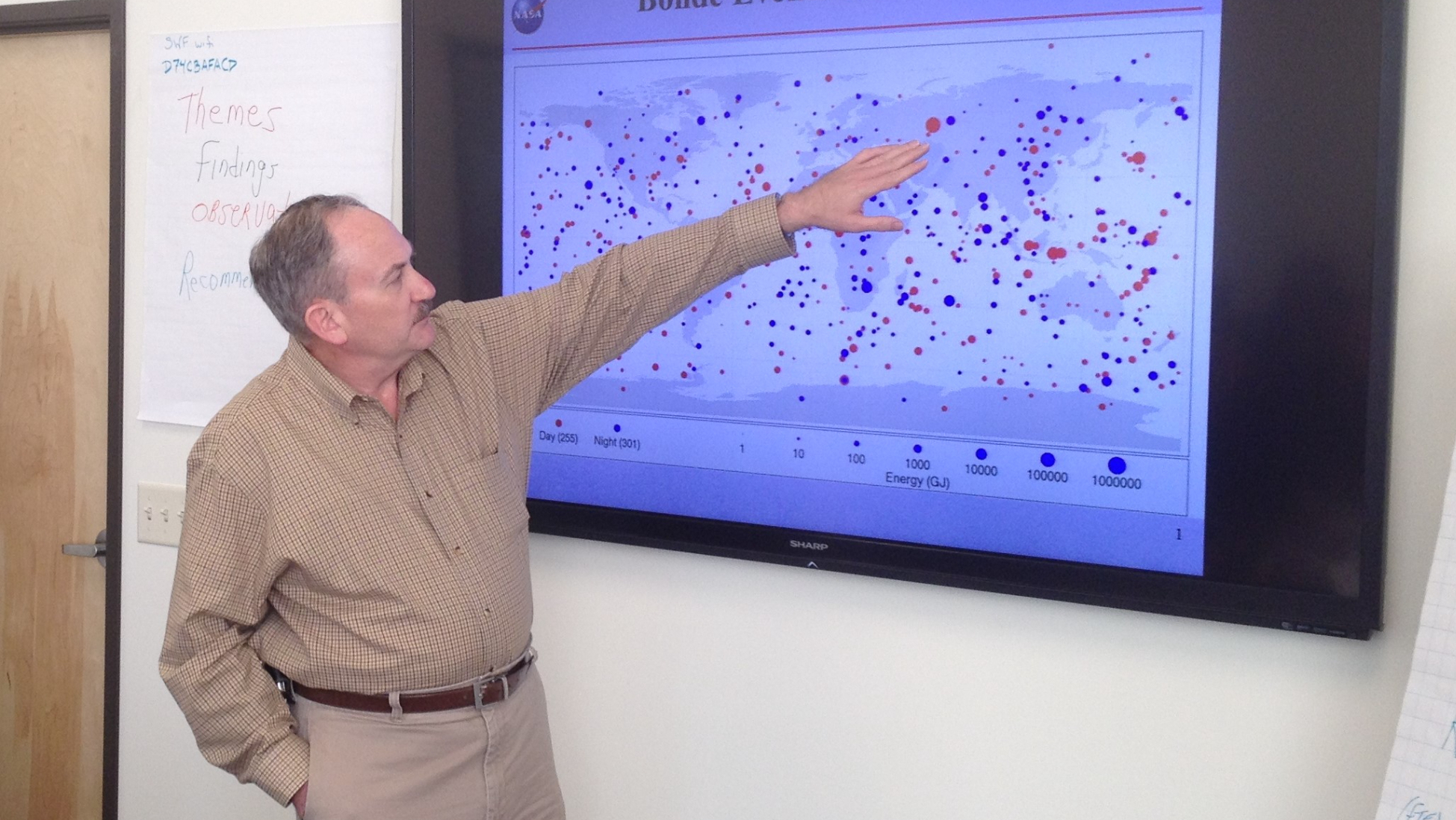
Lindley Johnson has been a pioneer in blueprinting warning and response scenarios to any potential impact of Earth by an asteroid or comet. He led the establishment of the Planetary Defense Coordination Office at NASA in January 2016. Prior to NASA, he served 23 years of Air Force active duty working on a host of national security space systems.
Space.com talked with Johnson, the space agency's Planetary Defense Officer Emeritus, now in phased retirement mode, about his decades of work in shaping a global response and reaction to a rocky world smacking into our planet.
Related: Potentially dangerous asteroids (images)
Space.com: How long have you been engaged in planetary defense?
Lindley Johnson: It has been a little over 20 years at NASA. But I was an advocate for the U.S. doing something in this area way back in Air Force days, so just a little over 30 years.
Space.com: And a lesson learned after those decades?
Johnson: Patience and tenacity carries the day. It is the only way we've gotten to where we are now. I think we've got a lasting program that has shown its capability and the importance to everything that we do in space. Planetary defense is knowing what's out there and what could do harm to us. It's an important part of our overall space capabilities picture.
Space.com: In recent times, the worry du jour seems to revolve around asteroid 2024 YR4's orbit, which apparently has a small chance of hitting Earth in 2032. Why so much attention on that object?
Johnson: I think part of the intense interest and excitement was it was the first time there was an officially triggered notification protocol. When its impact probability in 2032 went over 1%, that officially triggers the International Asteroid Warning Network [IAWN] to issue a notification of potential for a future impactor. That was new to everybody.
Space.com: And 2024 YR4's status is what now?
Johnson: When you first discover things that are going to be making a close approach to Earth, it takes a little while until we get the orbit precise enough that there isn't a threat to the Earth…whether Earth was in the uncertainty region or not.
That took a couple of months before our ground-based observatories had enough observations over a long enough span that we got the orbit nailed down.
Now, there is a bit of residual potential, like there are for many objects. But it is not a concern to us anymore. It will safely pass by in 2032, just like Apophis will in 2029.
Space.com: Tracking the precise nature of these objects is bolstered by what means?
Johnson: First of all, there are observations from many more sources, due to the International Asteroid Warning Network. We've got more observations from around the world. Also, the orbit determination programs and work done by the Center for NEO Studies at the Jet Propulsion Laboratory, as well as the work of our European colleagues enable impact probabilities.
Space.com: Do we use the same modeling techniques?
Johnson: It is very much like the weather or hurricane prediction. Those models are very similar. Europe's model is a little different than the model we use. But that's actually a strength. We compare results and that gives us some confidence that things are being done well. The results get coordinated underneath the IAWN.
There's always room for improvement, but it's improving. Perhaps not always as smooth on a day-to-day basis as we would like, but the overall process is going well.
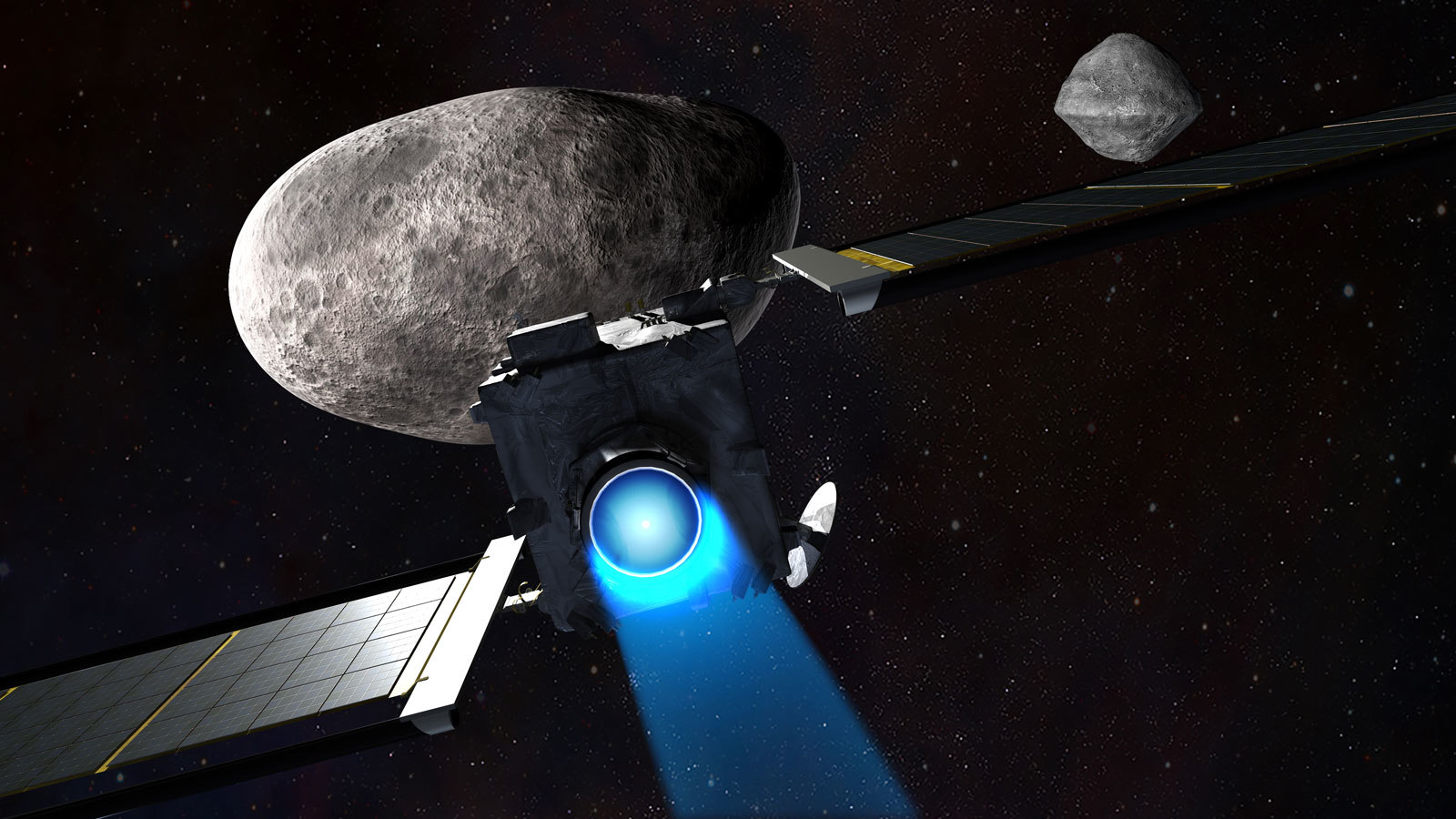
Space.com: The loss of the Arecibo radio telescope in Puerto Rico due to its collapse — did that create a blind spot in keeping an eye on asteroids?
Johnson: There are a few options we have been examining, not only with our Deep Space Network, but also the National Science Foundation and the U.S. Space Force for future deep space radar capabilities. It has been studied, but as a program project being started for a new deep space radar capability, we haven't gotten to that point as yet.
Space.com: So that's on your want list?
Johnson: Yes, that's definitely on the want list. It's an important capability, not just for planetary defense but applicability and importance to cislunar space domain awareness as well.
Space.com: You've long been a champion of NEO Surveyor, a powerful on-orbit telescope to detect both bright and dark asteroids. That mission is now targeted to launch no earlier than September 2027 on a SpaceX Falcon 9 rocket from Florida. How's the program going?
Johnson: NEO Surveyor is doing very well. Its critical design review was completed a couple of months ago. They are in very good shape technically, hitting their development milestones. We've got the budget in hand to get it to launch in the fall of 2027.
Space.com: The European Space Agency's Hera spacecraft is now en route to perform late next year a look-see of the asteroid Dimorphos and its orbiting moonlet Didymos. NASA's DART mission in 2022 impacted Dimorphos. As far as planetary defense, what's to be learned?
Johnson: Hera is examining both Dimorphos and Didymos. It will add a whole new level of precision in our measurements of how we affected the orbit of Dimorphos and other effects on both objects. Hera adds a couple orders of magnitude in our understanding of how much energy DART expended in its kinetic impact and what that capability provides for planetary defense. Also, it will provide very interesting asteroid science.
Related: NASA's DART asteroid-smashing mission: The ultimate guide
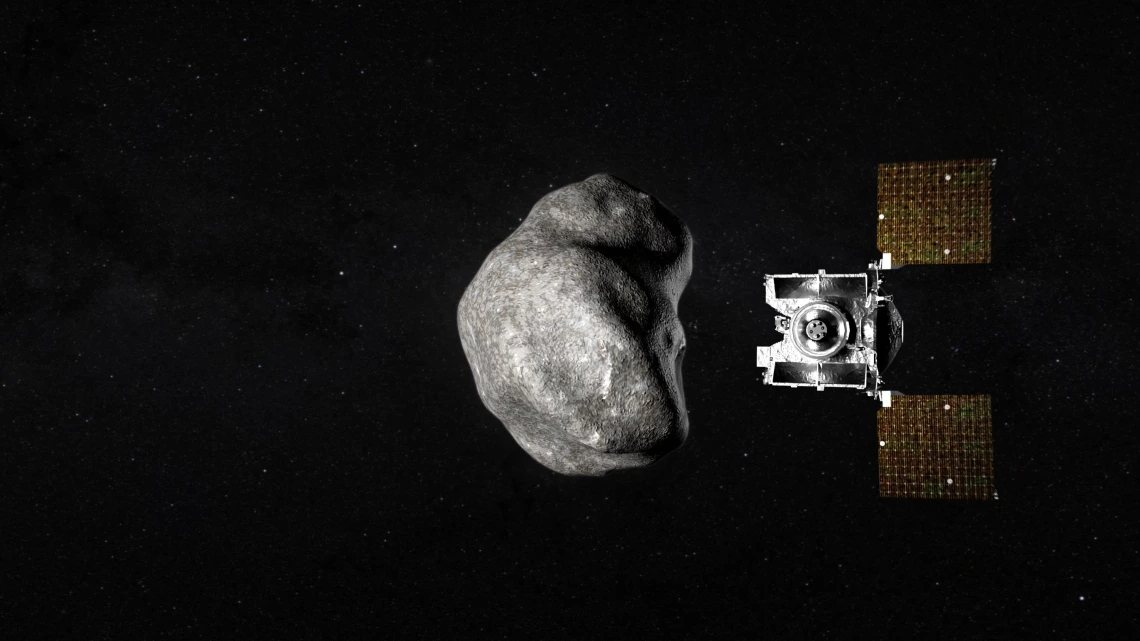
Space.com: Of course there's lots of attention being paid to the near-Earth asteroid Apophis as a potentially hazardous asteroid that passes close to Earth in April 2029. What kind of action plan is visualized to reconnoiter that object?
Johnson: There are a whole lot of ideas out there, but time is running short. There are several ideas of cubesats being in Earth orbit, synchronized to observe Apophis at the time of its closest approach.
The bigger challenge is being able to intercept Apophis, encounter it before its closest approach to Earth. In doing that we can obtain a good understanding of the object before it will undergo the effects of that close approach to our planet. Earth's gravity is going to reform some of Apophis.
Space.com: How is the Apophis campaign looking?
Johnson: There are really two missions on the books that are off and running. One of them is in flight already and that's the OSIRIS-APEX, the repurposed OSIRIS-REx spacecraft [the first U.S. mission to collect an asteroid sample, dropping it off in Utah in September 2023]. OSIRIS-APEX will do a very thorough examination of Apophis at least a couple of months after its closest approach to Earth.
But the European Space Agency-initiated development is Ramses, to encounter Apophis prior to it passing Earth, providing the "before picture," so to speak.
Those two missions are on the firmest footing, I would say. One is off and already on its way, the other is in development. There are still ideas from a number of players, commercial satellite builders that are looking at what they might do.
Space.com: What's the outcome from all the attention given to Apophis?
Johnson: Both missions are centered on asteroid science and what are the effects of close gravity approaches — how much rearrangement of material occursm which will lead to understanding of how asteroids evolve over time and how that affects their composition.
That is of interest to planetary defense, so we know more what we're dealing with should that eventually occur that we need to do something for real about an asteroid before it strikes the Earth.
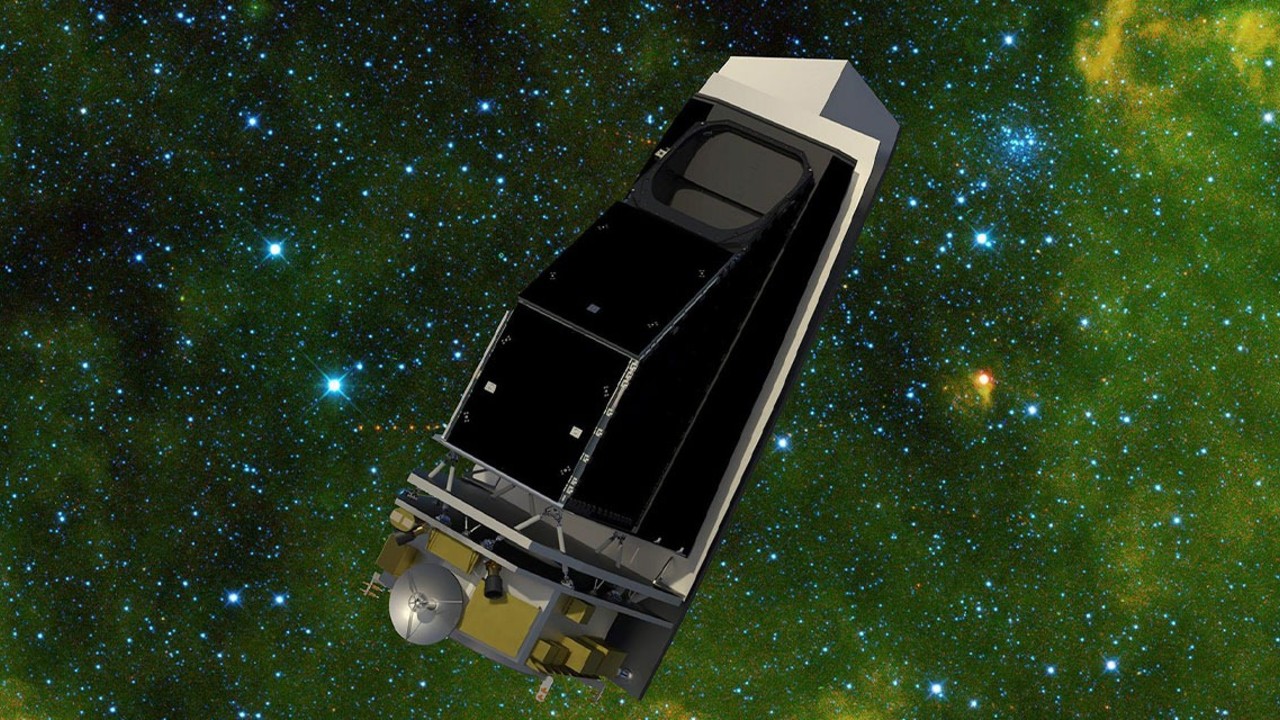
Space.com: After all the work you have done on planetary defense, what's still missing and is on the "to do" list in your mind?
Johnson: NEO Surveyor is the next big capability.
I feel the next ability that we really need to work on is rapid response. If an object is detected and we don't know much about the object, such as its composition, getting out there fast to look at it…I see that as the next big thing, the next capability that needs to be developed and demonstrated.
Of course, there are other mitigation ideas that need to be demonstrated, the most effective deflection techniques. Is it kinetic impactor or something like ion beam deflection or the gravity tractor approach?
So we need to demonstrate those capabilities sometime in the future as well. But I think the next step is demonstrating rapid reconnaissance, a smallsat at most, maybe even a cubesat.
Space.com: Overall, you are pleased with NASA's planetary defense undertaking?
Johnson: I think it has been demonstrated that we have a well established planetary defense program here at NASA. It can achieve some of the objectives that we've had for it, but we have more work to do.

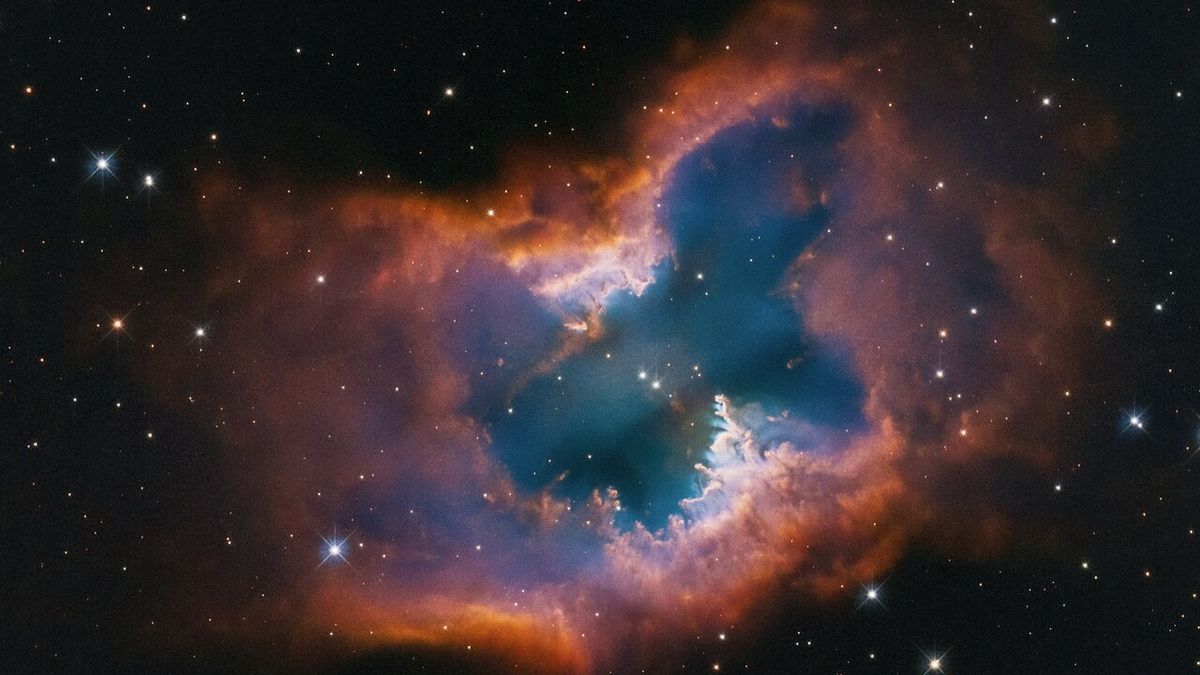





 English (US) ·
English (US) ·